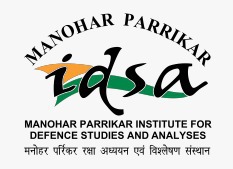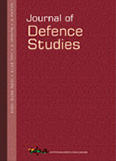Arms and the Game: Accepting Competition and Encouraging Cooperation
The article approaches the issue of jointness through new lenses. It first describes how and why arms of the military, the ‘Services’, are different from each other. Airpower is shown to be the emerging technological paradigm, triggering paradigm competition. Next, it draws an analogy between anarchy in international relations (IR) and the existence of the services. It then looks at game theory as used in IR to understand both why inter-organisational competition occurs and how cooperation can evolve with a certain kind of behaviour—reciprocity.
- Ashish Singh |
- January 2016 |
- Journal of Defence Studies




